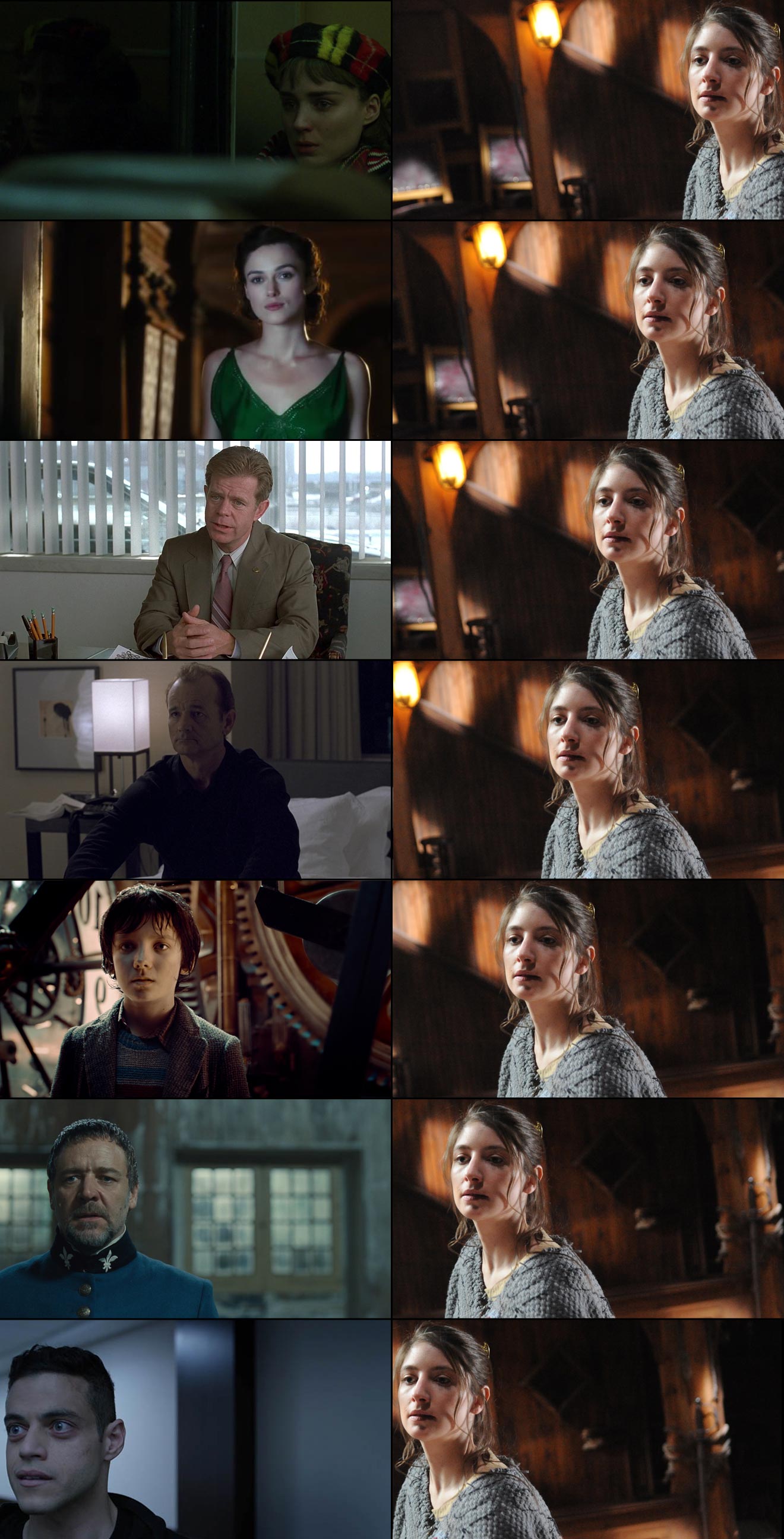The Art of Noseroom: Mastering the Negative Space in photography
Noseroom, a seemingly simple concept, holds immense power in the realm of photography. It’s the deliberate use of negative space around a subject, creating a sense of balance, direction, and even emotional depth. While often overlooked, mastering noseroom can elevate your images from ordinary snapshots to compelling visual narratives. This article delves into the intricacies of noseroom photography, exploring its principles, techniques, and creative applications.
At its core, noseroom refers to the empty space positioned in front of a subject’s gaze or direction of movement. It’s the visual breathing room that allows the viewer to comfortably engage with the image, following the subject’s lead. This concept is deeply rooted in the principles of composition, particularly the rule of thirds and leading lines.

The Importance of Direction and Gaze
The direction a subject is facing or looking is paramount in determining the appropriate noseroom. When photographing a person looking to the right, for instance, leaving more space on the right side of the frame allows the viewer to follow their gaze without feeling confined. Similarly, when capturing a moving object, such as a runner or a car, providing noseroom in the direction of travel reinforces the sense of motion.
Balancing Composition with Noseroom
Noseroom isn’t merely about leaving empty space; it’s about creating a harmonious balance between the subject and its surroundings. Too little noseroom can make the subject feel cramped and claustrophobic, while too much can isolate it and diminish its impact. The ideal amount of noseroom depends on the subject, the context, and the desired effect.

Achieving effective noseroom involves careful planning and execution. Here are some techniques to consider:
Framing and Cropping
Wide Shots for Context: When capturing environmental portraits or action shots, utilize wide-angle lenses to incorporate ample noseroom, providing context and highlighting the subject’s relationship to its surroundings.

Utilizing Leading Lines
Directing the Viewer’s Eye: Use leading lines, such as roads, paths, or architectural elements, to guide the viewer’s eye towards the subject and into the noseroom. This creates a sense of depth and perspective.
Emphasizing Movement
Capturing Action: When photographing moving subjects, such as athletes or animals, provide ample noseroom in the direction of movement. This reinforces the sense of motion and allows the viewer to anticipate the subject’s trajectory.
Noseroom isn’t limited to technical considerations; it’s also a powerful tool for creative expression.
Creating a Sense of Isolation or Freedom
Minimalist Landscapes: In minimalist landscapes, vast expanses of sky or water can serve as noseroom, creating a sense of isolation or tranquility.
Conveying Emotion and Narrative
Emotional Depth: Noseroom can enhance the emotional impact of an image by emphasizing the subject’s gaze or expression. A subject looking into a vast expanse of space can evoke feelings of longing or uncertainty.
Breaking the Rules
Intentional Restriction: While noseroom is generally considered a positive element, intentionally restricting it can create a sense of tension or unease. This can be used to convey feelings of confinement or pressure.
Visualize the Final Image: Before taking a photo, visualize the final image and consider the amount of noseroom needed to achieve the desired effect.
Insufficient Noseroom: The most common mistake is not leaving enough noseroom, resulting in cramped and unbalanced compositions.
Portrait Photography: Noseroom is crucial in portrait photography, allowing the viewer to connect with the subject’s gaze and expression.
Digital photography has made it easier than ever to experiment with noseroom. With instant feedback and post-processing capabilities, photographers can fine-tune their compositions and achieve the perfect balance of space.
Noseroom is a fundamental element of visual composition that can significantly enhance the impact of your photographs. By understanding its principles and techniques, you can create images that are not only visually appealing but also emotionally resonant. Whether you’re a beginner or a seasoned photographer, mastering noseroom will undoubtedly elevate your work and allow you to tell more compelling visual stories.
